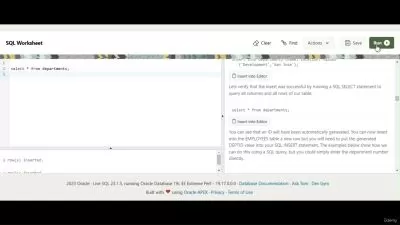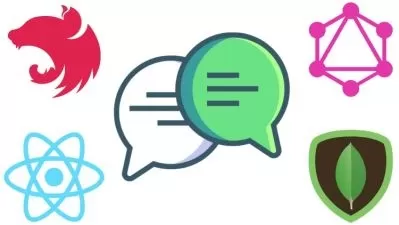Microsoft Azure Cosmos DB Developer Specialty (DP-420) Cert Prep: 1 Design and Implement Data Models by Microsoft Press
Microsoft Press and Tim Warner
4:27:01
Description
Cosmos DB is Microsoft Azure's flagship non-relational database product. It supports multiple application programming interfaces (APIs) that provide compatibility with competing NoSQL databases. If you’re looking to integrate enterprise-scale, cloud-based, NoSQL databases into your organization’s IT solutions, you may want to think about getting certified as a Microsoft Azure Cosmos DB developer. In this course, the first in a five-part series, instructor Tim Warner gives an overview of the skills you need to master to tackle the first domain of the Microsoft Azure Cosmos DB Developer Specialty (DP-420) certification exam. Learn how to design and implement a non-relational data model for Azure Cosmos DB, design a data-partitioning strategy for Azure Cosmos DB Core API, plan and implement sizing and scaling for a database created with Azure Cosmos DB, implement client connectivity options in the Azure Cosmos DB SDK, and implement data access using the Azure Cosmos DB SQL query language and SQL API SDKs.
Note: This course was created by Microsoft Press and Tim Warner. We are pleased to host this training in our library.
More details
User Reviews
Rating
Microsoft Press and Tim Warner
Instructor's Courses
Linkedin Learning
View courses Linkedin Learning- language english
- Training sessions 49
- duration 4:27:01
- English subtitles has
- Release Date 2023/07/02















